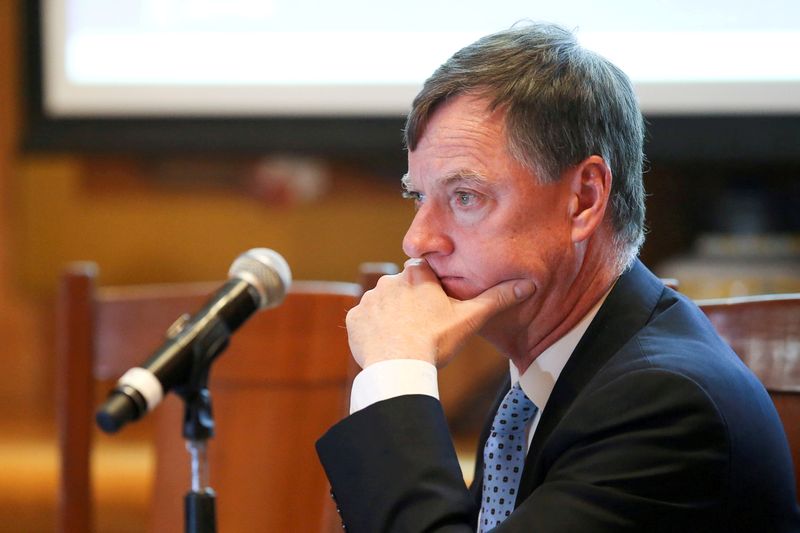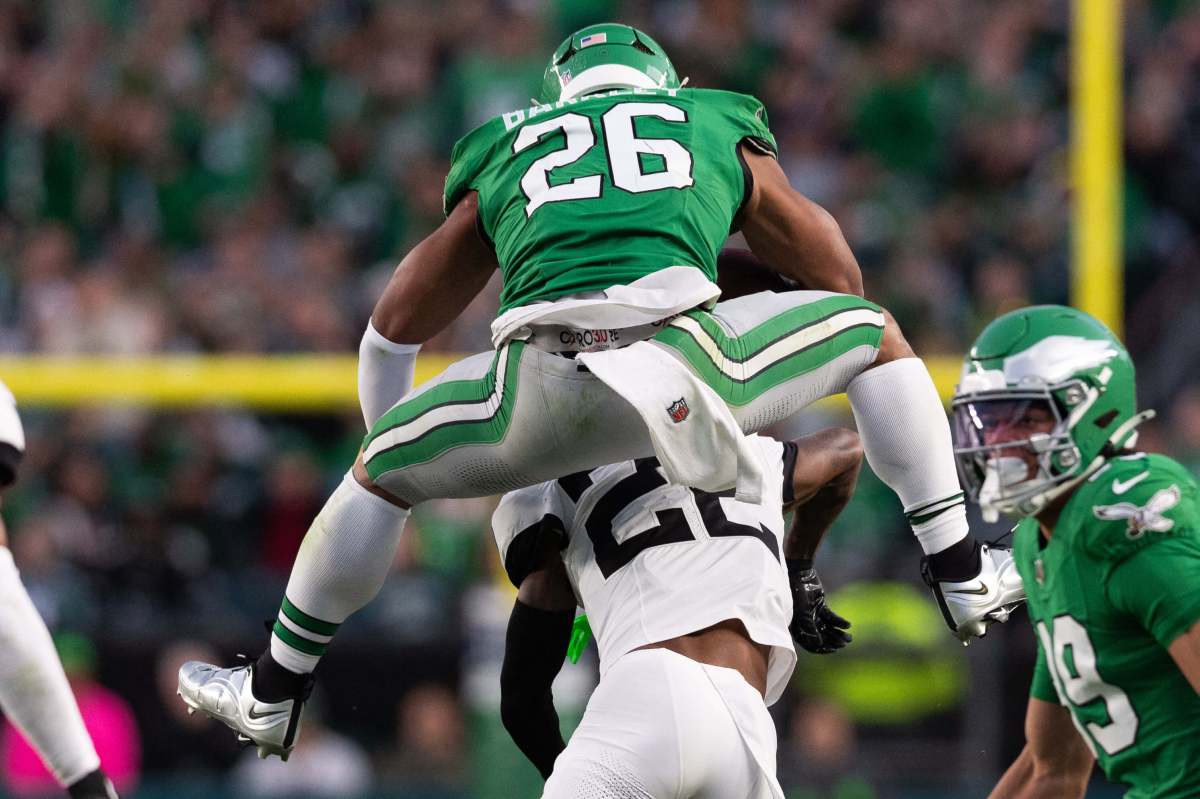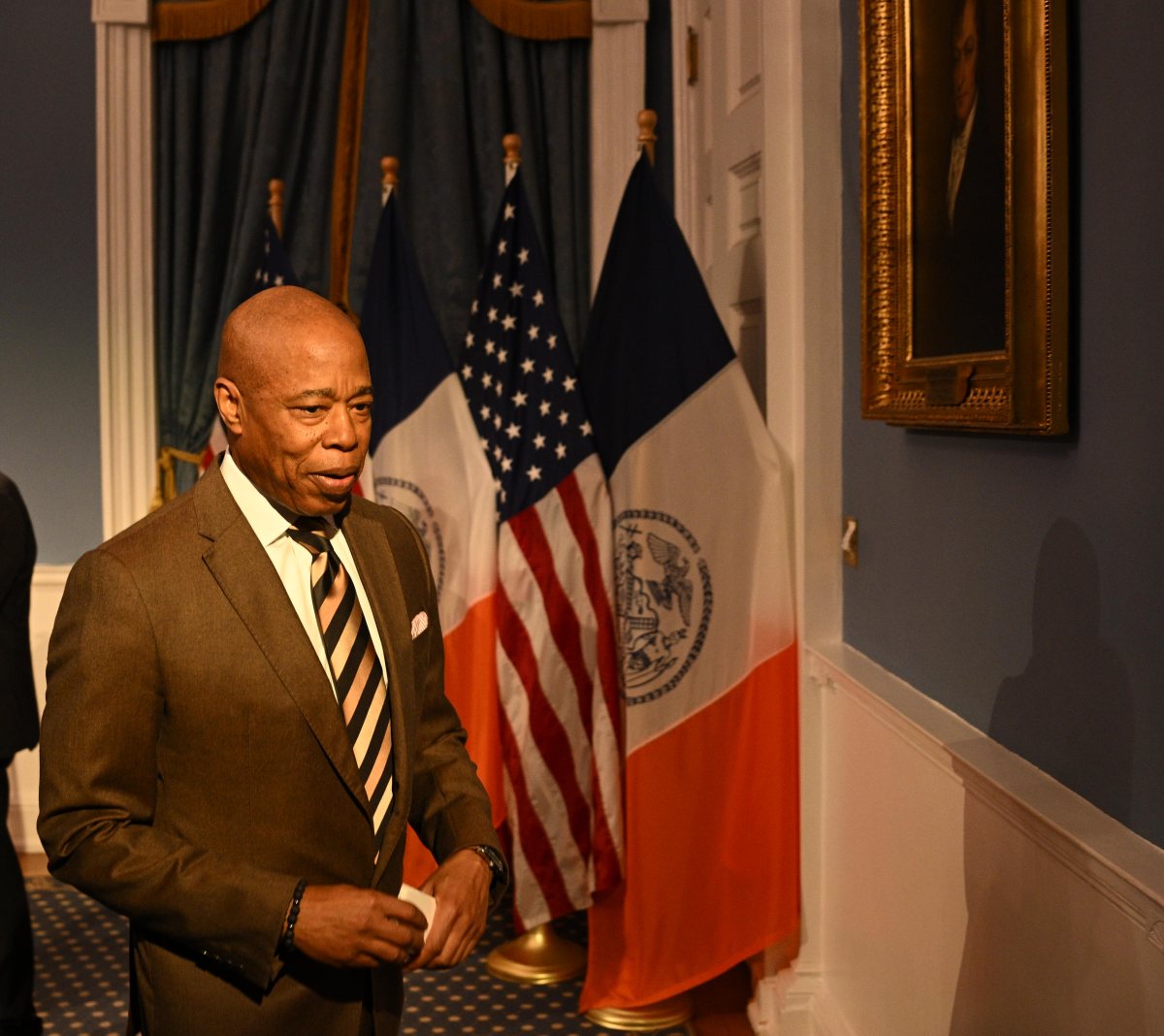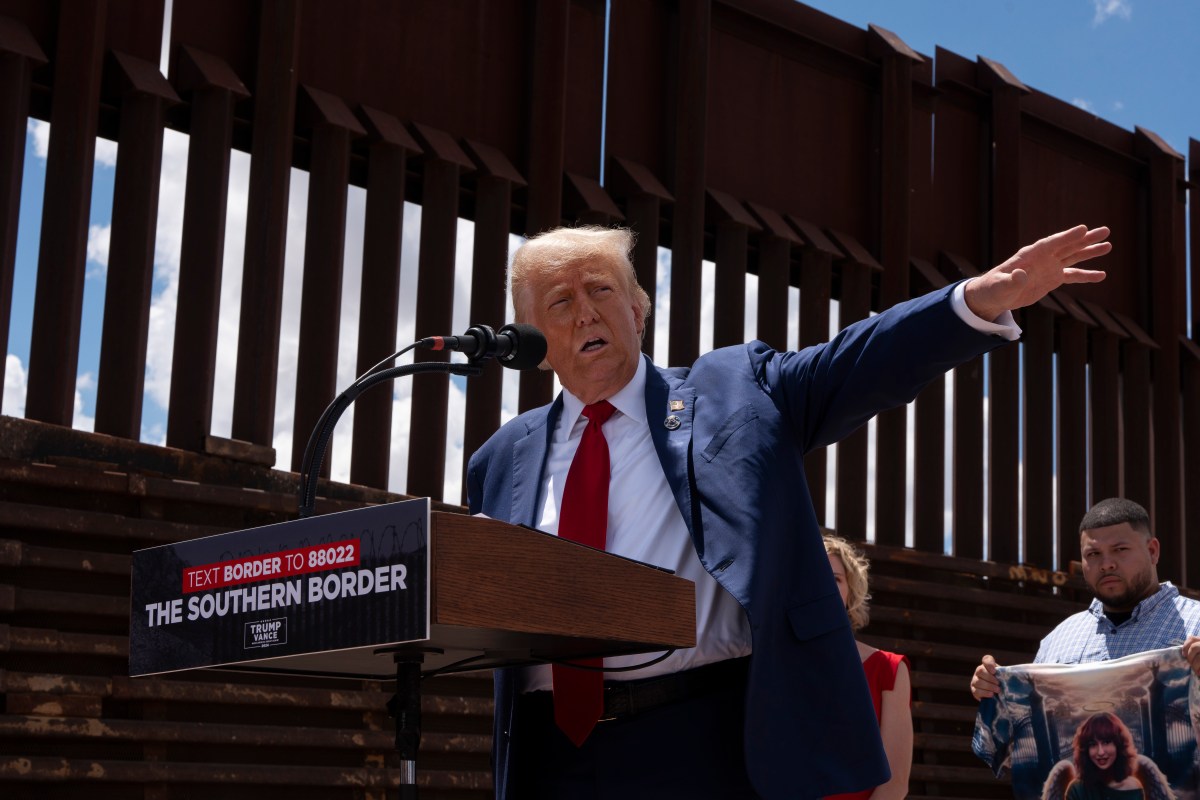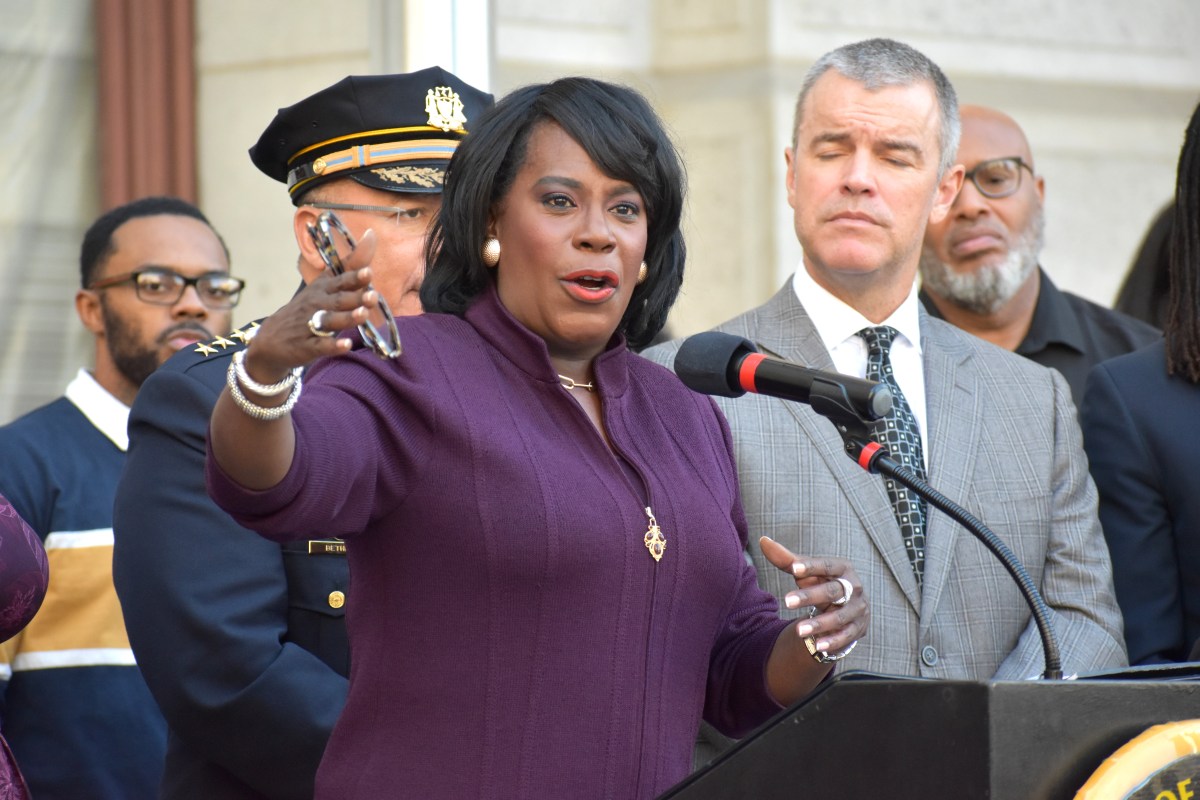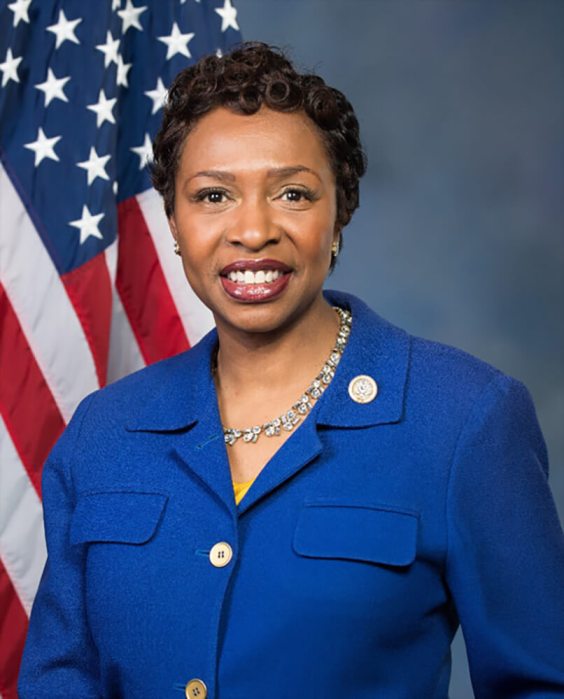(Reuters) -The U.S. economy will soon meet the Federal Reserve’s bar for beginning to reduce its bond purchase program, Chicago Fed President Charles Evans said on Monday, but it will be late 2023 before an interest rate hike is warranted.
“I see the economy as being close to meeting the ‘substantial further progress’ standard we laid out last December,” Evans told the National Association for Business Economics annual conference in Virginia. “If the flow of employment improvements continues, it seems likely that those conditions will be met soon and tapering can commence.”
That view is in line with the bulk of Fed policymakers and Fed Chair Jerome Powell, who last week said the economy is one “decent” monthly jobs report short of meeting the threshold for tapering and will likely begin to do so in November.
Cleveland Bank President Loretta Mester and Kansas City Fed President Esther George said last week they believe the economy is already in good enough shape for the central bank to begin to withdraw its extraordinary support.
To Evans, though, it will likely take another two years before inflation is strong enough to merit a rate hike.
“I submitted a forecast where I did have.. lifting off in 2023,” Evans said, referring to the quarterly forecasts that each Fed policymaker turned in last week.
Evans had previously expected the first rate increase in early 2024, he said. Half of his colleagues expect rates to need to rise next year.
The Fed has kept interest rates near zero since March 2020 and has promised to keep them there until the economy reaches full employment, and inflation reaches 2% and is on track to exceed that level for some time.
“I am more uneasy about us not generating enough inflation in 2023 and 2024 than the possibility that we will be living with too much,” Evans said.
The supply side issues that have caused a spike in inflation will dissipate over the next year, and even unemployment falling to 3.5% will likely not be enough to keep inflation much higher than the Fed’s 2% goal.
Evans urged fellow policymakers to be more aggressive on its inflation target.
“In my view, to anchor long-run inflation expectations at 2 percent, we must be willing to accept inflation reasonably above 2 percent during the expansionary phase of a cycle to offset the underruns that would almost inevitably occur” when the economy contracts, Evans said.
(Reporting by Lindsay Dunsmuir and Ann Saphir; Editing by Chizu Nomiyama)

